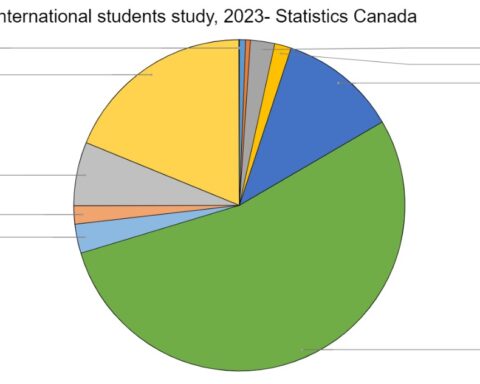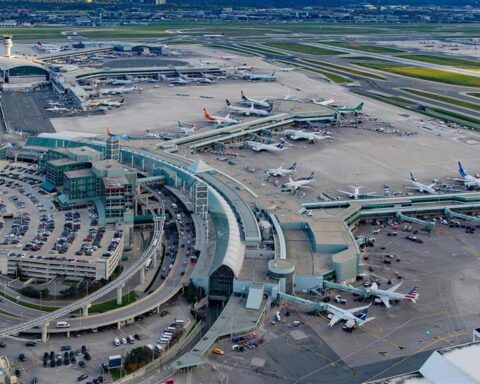As 25,000 Syrian refugees live through the process of resettlement and beginning new lives in Canada, a Statistics Canada study published today reveals that the children of refugees who arrived in Canada between 1980 and 2000 are thriving.
StatsCan’s, Educational and Labour Market Outcomes of Childhood Immigrants by Admission Class, reviewed the 2011 National Household Survey to examine the socioeconomic outcomes of immigrant children who arrived in Canada before the age of 18 during those two decades.
The study examined each class of immigrant — skilled workers, business immigrants, live-in caregivers, the family class and refugees.
The study found children of all categories of refugees (private, government and landed) had achieved better graduation outcomes than their Canadian-born peers. They had also outperformed those who settled here through the live-in caregivers and family class.
Roughly 30 per cent of refugees from all classes went to university — whereas 24 per cent of children born to two Canadian-born parents attended university and 19 per cent of those born to live-in caregivers.
“We have the proof before our eyes how refugees and children of refugees have proved themselves in Canadian society.”
The highest portion of immigrant children were those who came via business and the skilled-worker class. Of those who came through the channel, 59% obtained a university degree, while 50% of those from the skilled-worker class got their diploma.
The study also found that the average earnings of refugee children — $41,000 to $44,000 — were similar to the earnings of children with both Canadian-born parents and immigrant parents who came into the country via the business and skilled working class streams. Their annual earnings were about $46,000
Janet Dench, executive director of the Canadian Council for Refugees (CCR), said she’s not surprised by the positive outcomes refugees have in their new home.
“We have the proof before our eyes how refugees and children of refugees have proved themselves in Canadian society.”
Dench said it confirms what CCR has been saying for a long time: refugees contribute enormously to Canada.
“Playing catch-up is an issue many teens face, and the educational system still hasn’t figured out how to support these students.”
However, there are barriers some refugee children face that can prevent them from pursuing higher education, including helping their families to pay off their transportation loan. Those looking to settle in Canada have to pay their way here and undergo a medical examination. If they can’t afford to do so, the government will help pay for these services, but the families have to reimburse them for the loan.
“We hear they might not be able to go to university because they have to earn money to pay off the transportation loan,” Dench said.
For some refugees, the loan is waived. For the rest, it can cost a family $10,000. They have one to six years to pay back the loan, depending upon how much the owe the government.
An issue that also could affect the future generations of refugees pouring into the country from countries like Guatemala, Ethiopia, Eritrea, and Syria is that they come from war-torn countries whose education systems have or are close to collapse, said Monica Boyd, a professor of sociology at the University of Toronto.
A report from World Vision said between two million and three million Syrian children are not attending school. For many of these young children who have gone months and years without formal schooling, Boyd said it’s an added challenge when they start their new life in Canada.
According to a November 2015 report by Citizenship and Immigration Canada, of those Syrians who arrived in 2014, 34 per cent were under the age of 15, and 15 per cent were 15 to 24 and 48 per cent were between 25 to 64.
Statistics Canada and Boyd both said the younger the children are when they settle in a new country, the better education outcomes they have. She said this was due in part to youngsters spending a longer period in the school system where they can improve their language skills.
It’s harder for teens to catch up on language skills and to adapt to a new education system.
“Playing catch-up is an issue many teens face, and the educational system still hasn’t figured out how to support these students,” said Dench.
Republished in partnership with iPolitics.ca.




